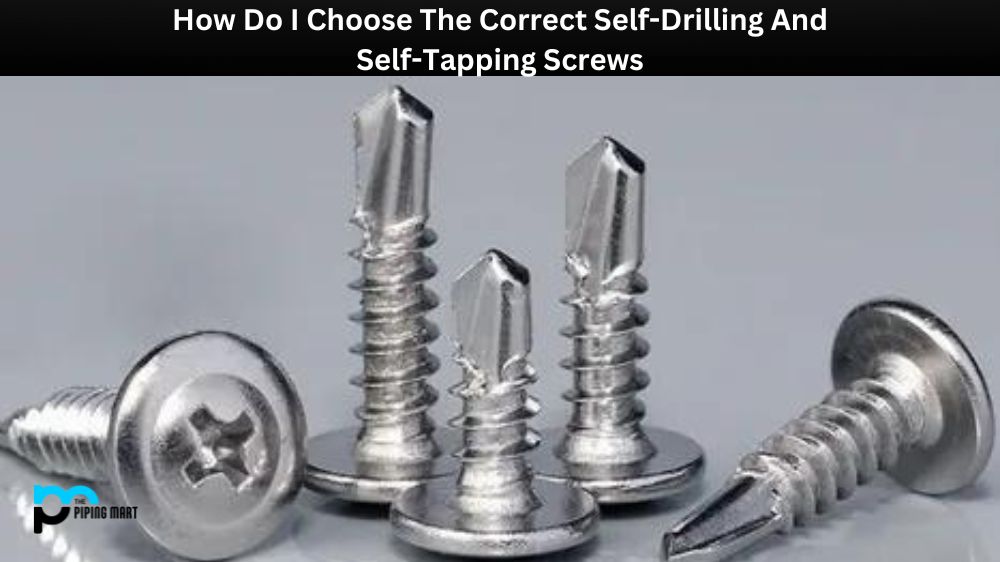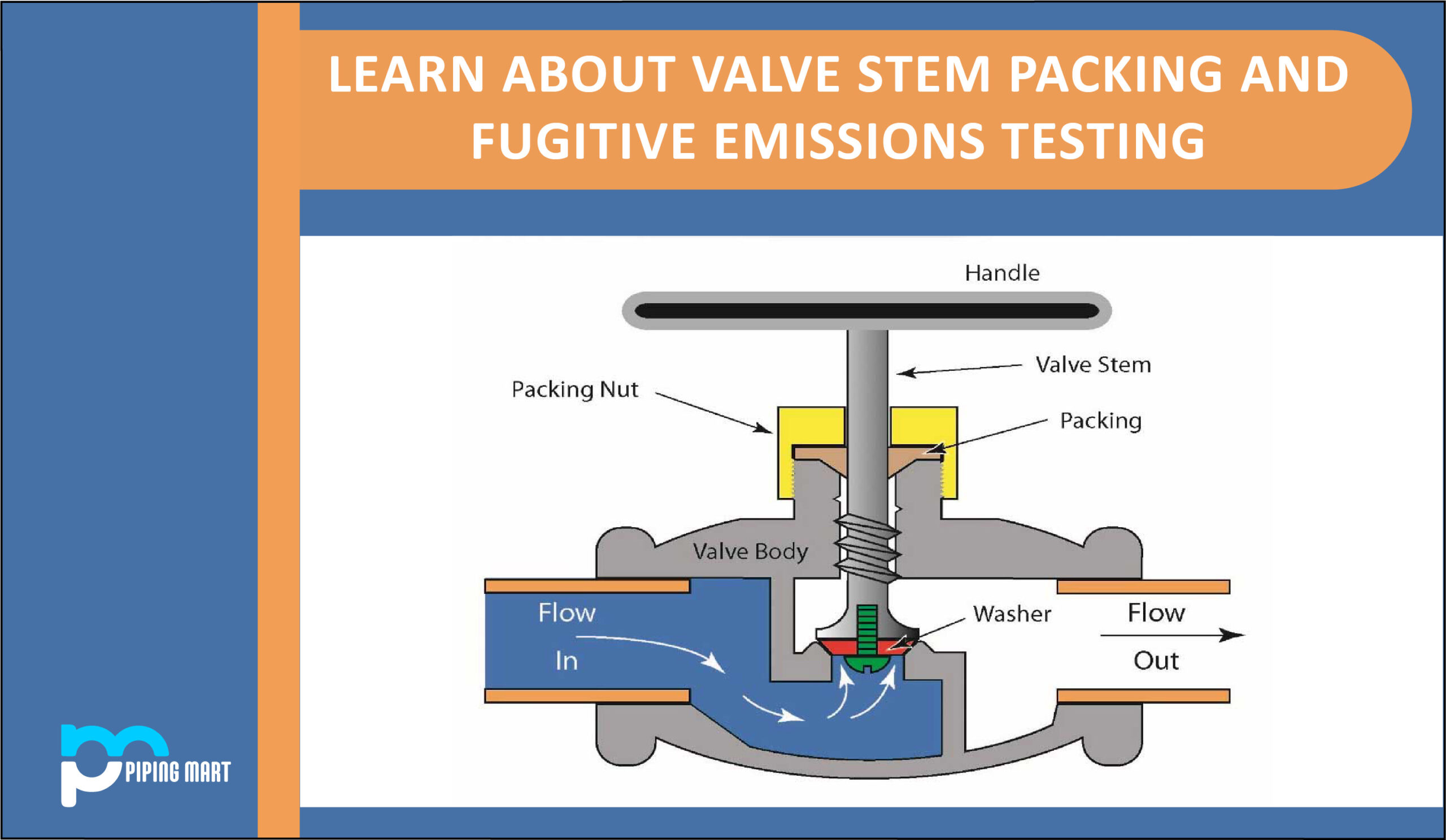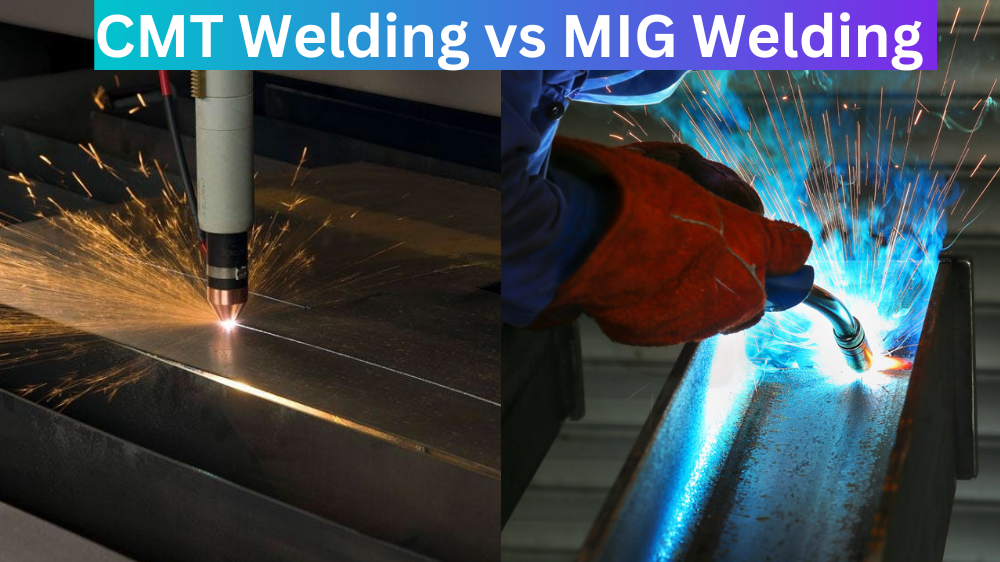Choosing the correct self-drilling and self-tapping screws for your project is important. These types of screws are commonly used in the construction of buildings, industrial machinery, vehicles, and many other applications. To select the right screw for your project, you need to consider the type of material you’re working with, the thickness of the material, and the size and length of the screw you need. This blog post discusses what to consider when choosing the correct self-drilling and self-tapping screws for your project.
Consider the Material
The material you’re working with is crucial to selecting the correct screw. Different materials require different screw types. For example, sheet metal requires a different screw type than wood. Select a screw designed for the material you’re working with.
Consider the Thickness
If you’re working with thicker material, you’ll need a screw that is long enough to go through the material and have enough room to secure itself. Measure the thickness of your material and select a screw length that is at least half an inch longer than the thickness.
Consider the Size
To choose the correct self-drilling and self-tapping screw, it’s important to consider the size of the screw. You’ll find that screws come in various sizes, ranging from small screws for picture frames to large screws for heavy construction applications. Make sure to select a screw that is appropriate for the job.
Look for High-Quality Screws
Quality matters regarding self-drilling and self-tapping screws; cheap screws are more likely to break or strip when used in projects. Look for high-quality screws that are designed to handle the job at hand.
Use the Right Tools
Using the right tools when working with self-drilling and self-tapping screws is important. Your drill needs to be powerful enough to handle the job at hand. If you’re using a handheld drill, use a screwdriver attachment to prevent stripping of the screw head.
Conclusion:
Choosing the correct self-drilling and self-tapping screws can make or break a project. Considering these considerations, you can select the right screw for the job. Remember to consider the material, thickness, size, and quality of the screw, and use the right tools for the job. This will give you the best chance of success in your next DIY project.

Hey, I’m Krutik, a casual blogger expert in the metal industry. I am passionate about providing valuable information to my readers. With a background in engineering and construction, I like playing Cricket & watching Netflix shows in my free time. Thank you for visiting my blog, and I hope you find my information helpful!




